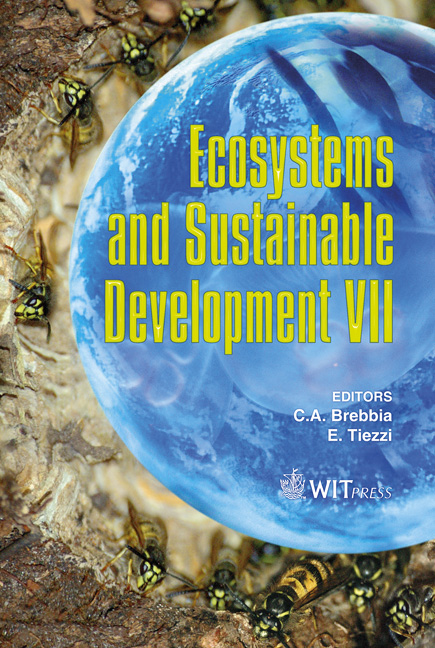Deriving Environmental Management Practices With The Ecological Footprint Analysis: A Case Study For The Abruzzo Region
Price
Free (open access)
Transaction
Volume
122
Pages
10
Page Range
195 - 204
Published
2009
Size
585 kb
Paper DOI
10.2495/ECO090191
Copyright
WIT Press
Author(s)
V. Niccolucci, A. Galli & S. Bastianoni
Abstract
In order to implement a sustainability-based land management, a preliminary diagnosis of the health of a system is necessary. The Ecological Footprint Analysis (EFA) introduced by Wackernagel and Rees in the early 1990s, is a convenient way to appraise all energy and material flows, in a common basis. The EFA is used to show the environmental consequences of human use of resources therefore enabling to understand where and how human pressure can be reduced. The paper applies the EFA to a sub-national case study: the Abruzzo Region, one of the twenty Italian regions, centre-east located on the Adriatic Sea. Following the Footprint Standards promoted by Global Footprint Network a Process-Based approach was chosen and applied to the Region. Results show that the Ecological Footprint of an average resident is 3.95 gha, with more than 50% due to carbon Footprint. The Biocapacity, 1.80 gha per resident, is not enough to support local human demand. These results can be interpreted to derive environmental management practices for the Abruzzo Region. Keywords: Ecological Footprint, Biocapacity, land use, environmental management.
Keywords
Ecological Footprint, Biocapacity, land use, environmental management





